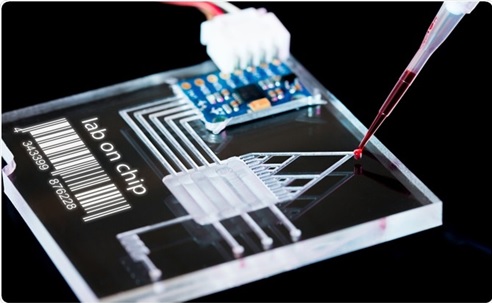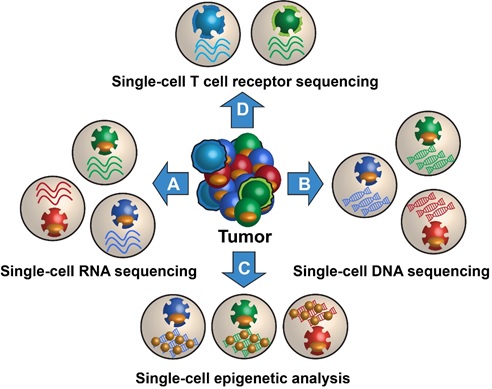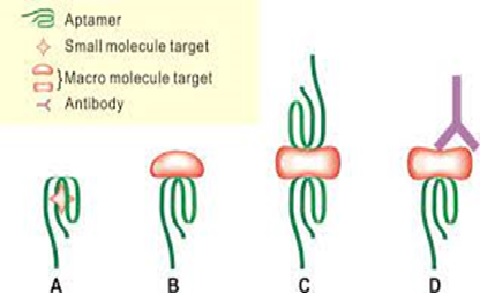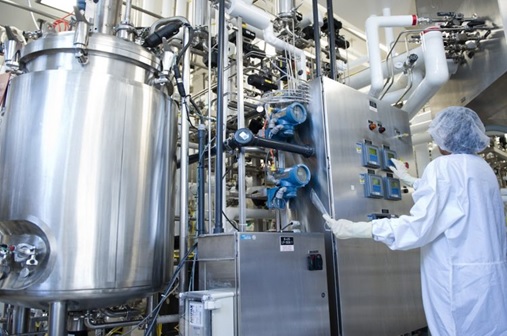The Tissue Engineering and Regenerative Medicine
Tissue engineering evolved from the field of biomaterials development and refers to the practice of combining scaffolds, cells, and biologically active molecules into functional tissues. The goal of tissue engineering is to figure1 shown below assemble functional constructs that [1] restore, maintain, or improve damaged tissues or whole organs.
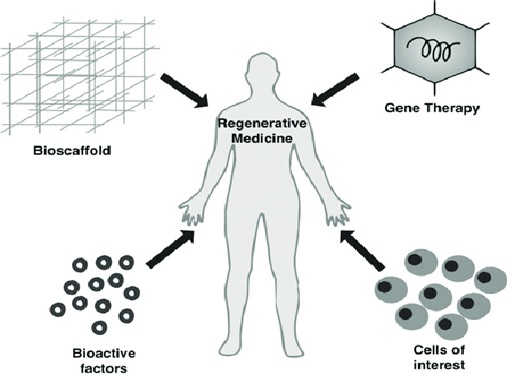
Figure 1: Tissue Engineering and Regenerative Medicine
Artificial skin and cartilage are examples of engineered tissues that have been approved by the FDA; however, currently they have limited use in human patients.
Regenerative medicine is a broad field that includes tissue engineering but also incorporates research on self-healing – where the body uses its own systems, sometimes with help foreign biological material to recreate cells and rebuild tissues and organs.
The terms “tissue engineering” and “regenerative medicine” have become largely interchangeable, as the field hopes to focus on cures instead of treatments for complex, often chronic, diseases.
The process often begins with building a scaffold from a wide set of possible sources, from proteins to plastics. Once scaffolds are created, cells with or without a “cocktail” of growth factors can be introduced. If the environment is right, a tissue develops.
In some cases, the cells, scaffolds, and growth factors are all mixed together at once, allowing the tissue to “self-assemble.”
Research in tissue engineering integrates cells, scaffolds and bioactive signaling molecules to assemble functional tissue constructs that can repair damaged tissue or provide models of disease [2] states. The field of regenerative medicine encompasses many aspects of tissue engineering and strategies to encourage repair and regeneration of diseased cells, tissues, and organs.
Tissue engineering and regenerative medicine research within the department includes stimuli-responsive scaffold development, immunomodulatory biomaterials, 3D bioprinting, tissue-engineered tumor models, and platforms to study the impact of flow and rehabilitative exercise on regeneration.
These technologies are applied to reveal new biological insights and provide functional interventions in multiple disease processes including cardiovascular disease, cancer, musculoskeletal injuries, skin and burn wounds, and lung, nerve and spinal cord injuries.
References:
- https://www.nibib.nih.gov/science-education/science-topics/tissue-engineering-and-regenerative-medicine
- https://www.ohsu.edu/school-of-medicine/biomedical-engineering/tissue-engineering-and-regenerative-medicine
Cite this article:
Nandhinidwaraka.S (2021) The Tissue Engineering and Regenerative Medicine, AnaTechMaz, pp. 26



